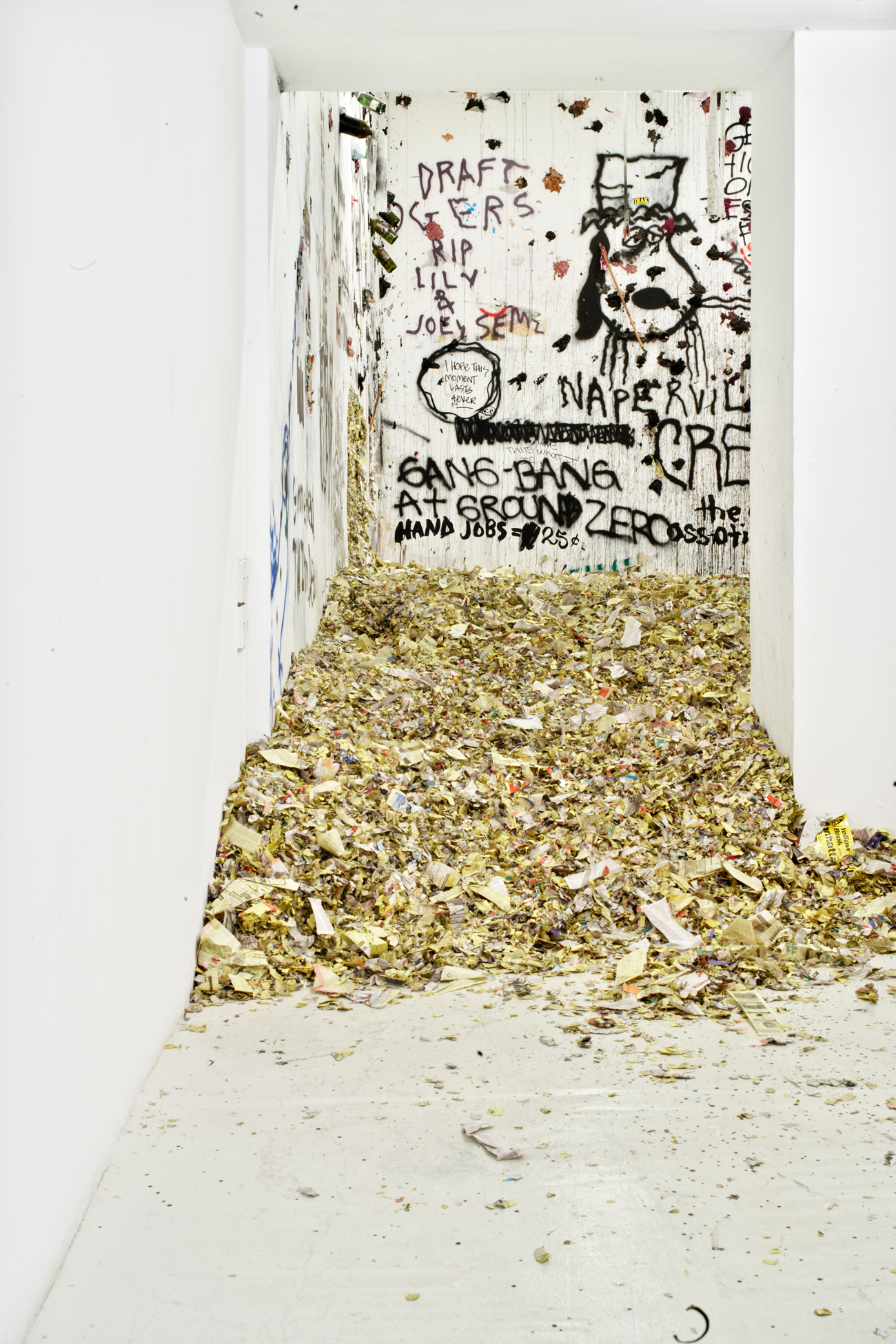Purple Magazine
— F/W 2010 issue 14
Jeffrey Deitch
 Dash Snow and Dan Colen, Nest, installation view, 2007, Deitch Projects
Dash Snow and Dan Colen, Nest, installation view, 2007, Deitch Projects
interview by PARINAZ MOGADASSI
portrait by MARCELO KRASILCIAllC
All images courtesy of Deitch Archive, New York
This is the story of how a talented young high school student discovers art, and via his uncomplicated enthusiasm broadens his interest to become one of the most influential art consultants and gallery directors in the world. For over 35 years JEFFREY DEITCH has supported every mode of experimental and investigative visual art — while including music, fashion, skate culture, cinema, theater, and performance in his growing understanding of contemporary culture. Deitch recently closed his innovative New York gallery, Deitch Projects, and moved to Los Angeles, where he’s been appointed the director of MOCA, the Museum of Contemporary Art. His departure will certainly leave a hole in the Downtown New York scene. But who better than Deitch…